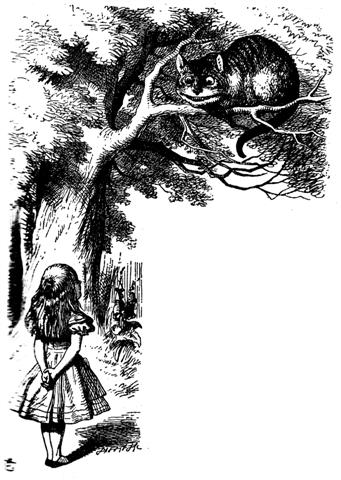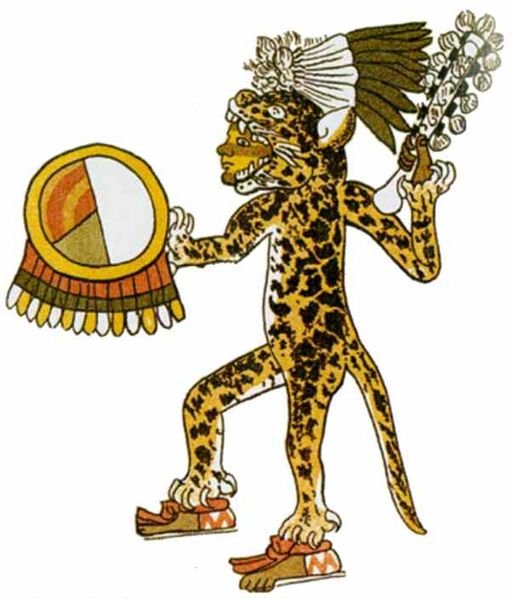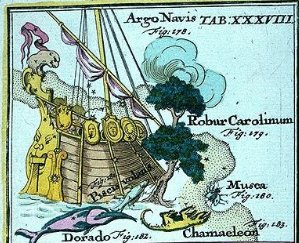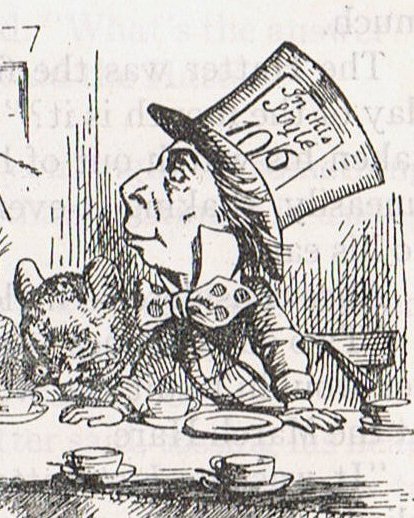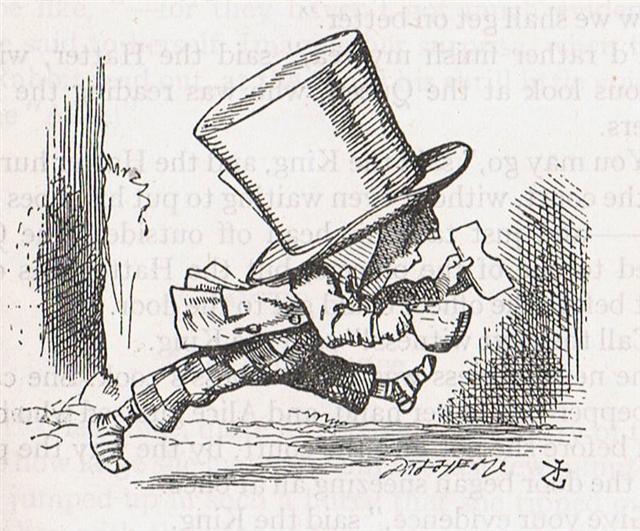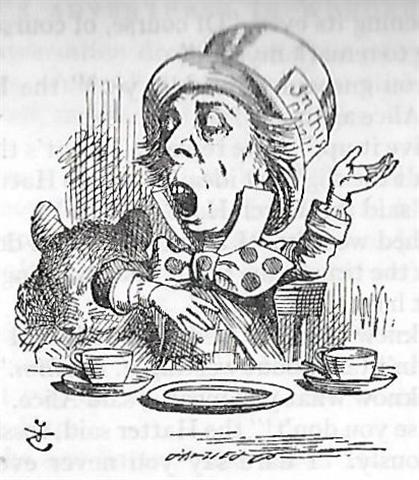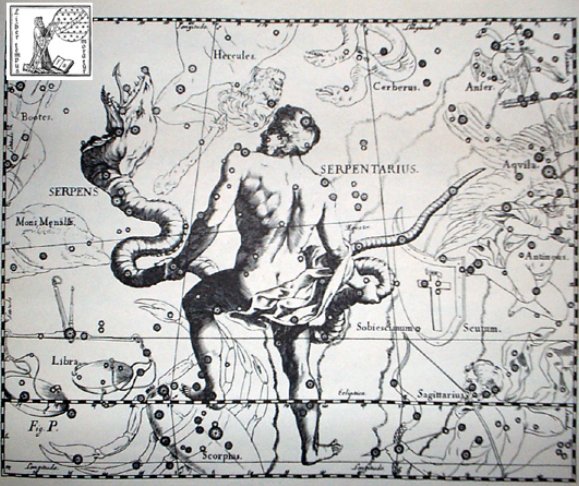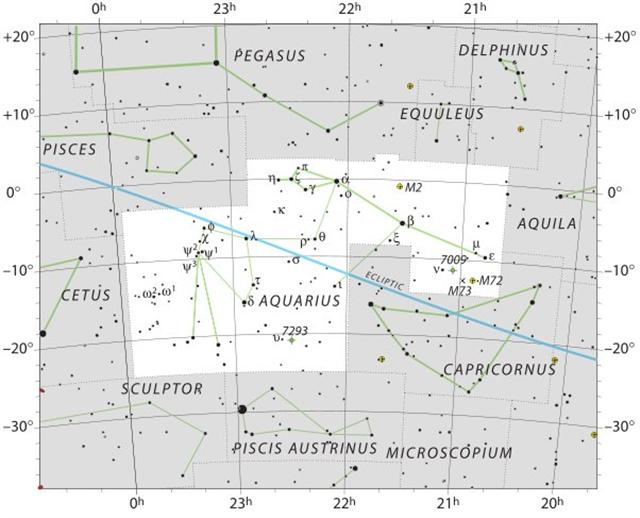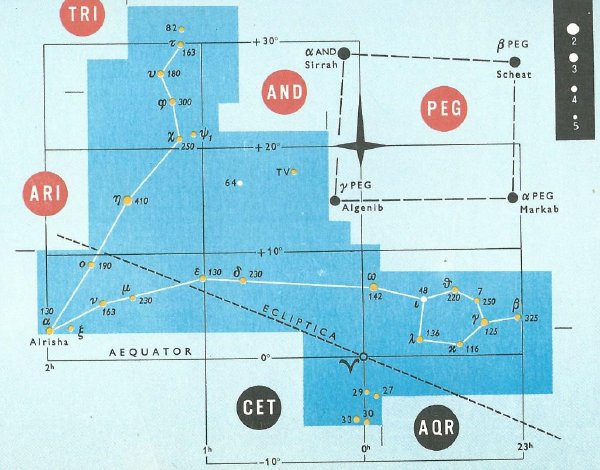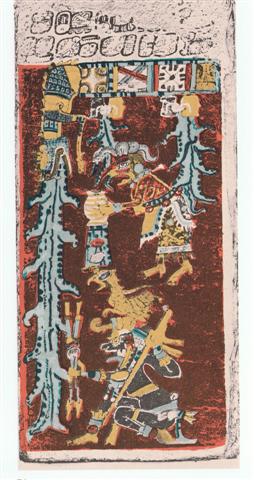66. Mandelbrot has shown us that Mother Nature is self-similar (re-assembling herself), and the same fundamental patterns will therefore return everywhere. This fact can be perceived only by a 'recycling view', which is beyond the horizon of the linear view of modern western civilization. ... What interests me most in conducting this argument is the difference that is constantly appearing between the poetic and prosaic methods of thought. The prosaic method was invented by the Greeks of the Classical age as an insurance agains the swamping of reason by mythographic fancy. It has now become the only legitimate means of transmitting useful knowledge. And in England, as in most other mercantile countries, the current popular view is that 'music' and oldfashioned diction are the only characteristics of poetry which distinguish it from proses: that every poem has, or should have, a precise single-strand prose equivalent. As a result, the poetic faculty is atrophied in every educated person who does not privately struggle to cultivate it: very much as the faculty of understanding pictures is atrophied in the Bedouin Arab. (T. E. Lawrence once showed a coloured crayon sketch of an Arab Sheikh to the Sheikh's own clansmen. They passed it from hand to hand, but the nearest guess as to what it represented came from a man who took the sheikh's foot to be the horn of a buffalo.) And from the inability to think poetically - to resolve speech into its original images and rhythms and re-combine these on several simultaneous levels of thought into a multiple sense - derives the failure to think clearly in prose. In prose one thinks on only one level at a time, and no combination of words needs to contain more than a single sense; nevertheless the images resident in words must be securely related if the passage is to have any bite. This simple need is forgotten, what passes for simple prose nowadays is a mechanical stringing together of stereotyped word-groups, without regard for the images contained in them. The mechanical style, which began in the counting-house, has now infiltrated into the university, some of its most zombiesque instances occurring in the works of eminent scholars and divines ... ... And then she looked in her hand, she inspected it right away, but the bone's saliva wasn't in her hand. It is just a sign I have given you, my saliva, my spittle. This, my head, has nothing on it - just bone, nothing of meat. It's just the same with the head of a great lord: it's just the flesh that makes his face look good. And when he dies, people get frightened by his bones. After that, his son is like his saliva, his spittle, in his being, whether it be the son of a lord or the son of a craftsman, an orator. The father does not disappear, but goes on being fulfilled. Neither dimmed nor destroyed is the face of a lord, a warrior, craftsman, an orator. Rather, he will leave his daughters and sons. So it is that I have done likewise through you. Now go up there on the face of the earth; you will not die. Keep the word. So be it, said the head of One and Seven Hunaphu - they were of one mind when they did it ...
The forces are changing regularly (are dynamic), which is all to the good: ... The life-force of the earth is water. God moulded the earth with water. Blood too he made out of water. Even in a stone there is this force, for there is moisture in everything. But if Nummo is water, it also produces copper. When the sky is overcast, the sun's rays may be seen materializing on the misty horizon. These rays, excreted by the spirits, are of copper and are light. They are water too, because they uphold the earth's moisture as it rises. The Pair excrete light, because they are also light ... 'The sun's rays,' he went on, 'are fire and the Nummo's excrement. It is the rays which give the sun its strength. It is the Nummo who gives life to this star, for the sun is in some sort a star.' It was difficult to get him to explain what he meant by this obscure statement. The Nazarene made more than one fruitless effort to understand this part of the cosmogony; he could not discover any chink or crack through which to apprehend its meaning. He was moreover confronted with identifications which no European, that is, no average rational European, could admit. He felt himself humiliated, though not disagreeably so, at finding that his informant regarded fire and water as complementary, and not as opposites. The rays of light and heat draw the water up, and also cause it to descend again in the form of rain. That is all to the good. The movement created by this coming and going is a good thing. By means of the rays the Nummo draws out, and gives back the life-force. This movement indeed makes life. The old man realized that he was now at a critical point. If the Nazarene did not understand this business of coming and going, he would not understand anything else. He wanted to say that what made life was not so much force as the movement of forces. He reverted to the idea of a universal shuttle service. 'The rays drink up the little waters of the earth, the shallow pools, making them rise, and then descend again in rain.' Then, leaving aside the question of water, he summed up his argument: 'To draw up and then return what one had drawn - that is the life of the world.' In other words, the force of life permeates everything and the resulting dance (hurahura) should repeat itself forever. Hura. 1. To fish with a small funnel-shaped net tied to the end of a pole. This fishing is done from the shore; fishing with the same net, but swimming, is called tukutuku. 2. To be active, to get moving when working: ka hura, ka aga! come on, get moving! to work! 3. Tagata gutu hura, a flatterer, a flirt, a funny person, a witty person. Hurahura, to dance, to swing. Vanaga. 1. Sling. In his brilliant study of the distribution of the sling in the Pacific tracts, Captain Friederici makes this note (Beiträge zur Völker- und Sprachenkunde von Deutsch-Neuguinea, page 115b): 'Such, though somewhat modified, is the case in Rapanui, Easter Island. The testimony of all the reporters who have had dealings with these people is unanimous that stones of two to three pounds weight, frequently sharp chunks of obsidian, were thrown by the hand; no one mentions the use of slings. Yet Roussel includes this weapon in his vocabulary and calls it hura. In my opinion this word can be derived only from the Mangareva verb kohura, to throw a stone or a lance. So far as we know Rapanui has received its population in part by way of Mangareva.' To this note should be added the citation of kirikiri ueue as exhibiting this particular use of ueue in which the general sense is the transitive shake. 2. Fife, whistle, drum, trumpet, to play; hurahura, whistle. P Mq.: hurahura, dance, divertissement, to skip. Ta.: hura, to leap for joy. Pau.: hura-viru, well disposed. Churchill. H. Hula, a swelling, a protuberance under the arm or on the thigh. Churchill 2
I guess the peculiar actions of Mars may have been perceived to be the same kind of life movements as those perceived everywhere else. The gulf between the Goat and the Water Man seems to have been centered on the Mouth of the Fish.
The young Mad Hatter had to be similar to his previous old self:
Between the generations the 'surface of the earth' would become indundated, so much could be observed from the stars in the night sky, but then, in Aquarius, the ecliptic plane would be on its wey up, after the lowest point in the Serpent Carrier:
... The father does not disappear, but goes on being fulfilled. Neither dimmed nor destroyed is the face of a lord, a warrior, craftsman, an orator. Rather, he will leave his daughters and sons. So it is that I have done likewise through you. Now go up there on the face of the earth; you will not die. Keep the word. So be it, said the head of One and Seven Hunaphu - they were of one mind when they did it ...
There was a 'Mouth of the Fish' also in the day after Fomalhaut, viz. at Gb2-29. And this star, Fum al Samakah (*348.3), was higher up in the Pisces constellation - above declination 0º (the surface of the earth) - with π Piscis Austrini and Scheat Pegasi precisely *1.0 days later.
The group of images is quite obvious and for everyone to see. At 23h (β 225 Pisces) the Blood Moon was ordered to go up onto the surface of the earth, for there was water all around and the Pegasus Square was indundated.
|
||||||||||||||||||||||||||||||||||||||||||||||||||||||||||||||||||||||||||||||||||||||||||||||||||||||||||||||||||||||||||||||||||||||||||||||||||||||||||||||||||||||||||||||||||||||||||||||||||||||||||||||||||||||||||||||||||||||||||||||||||||||||||||||||||||||||||||||||||||||||||||||
